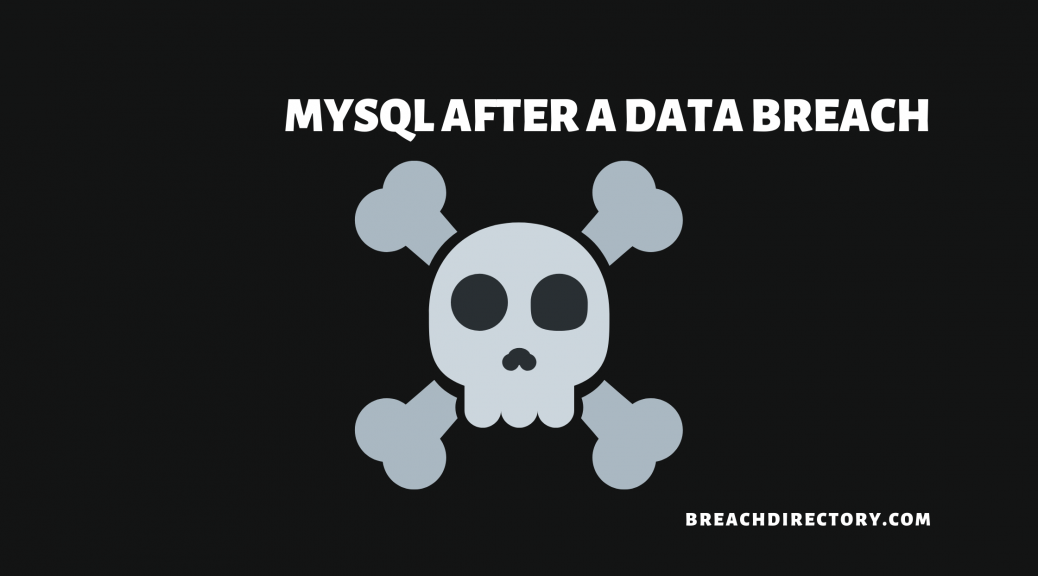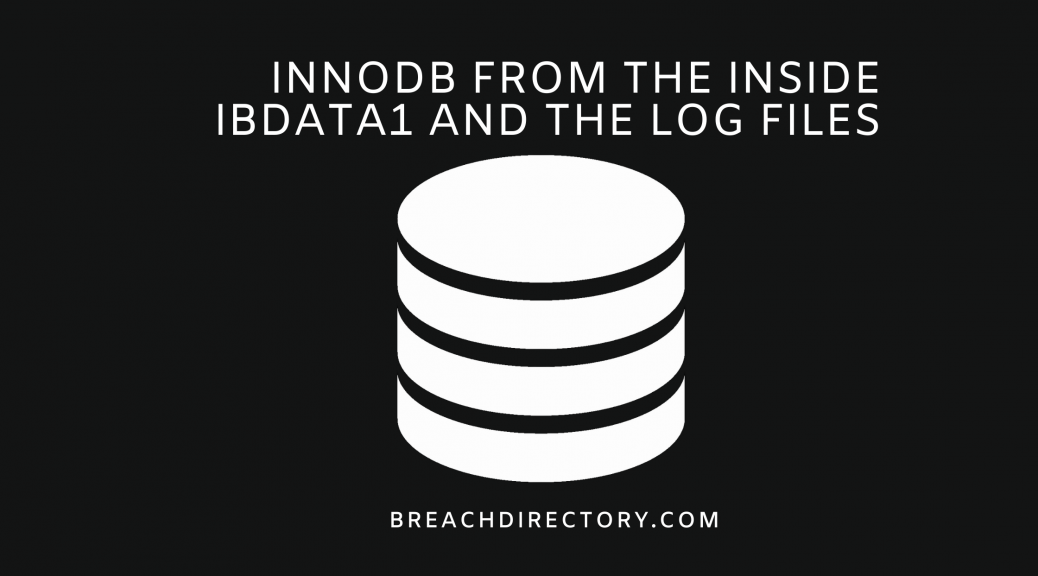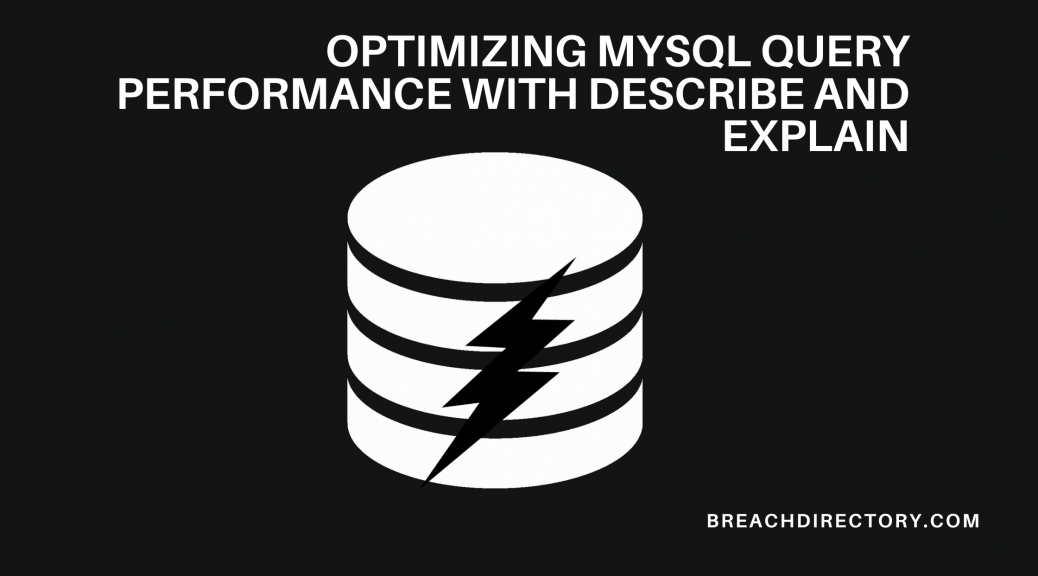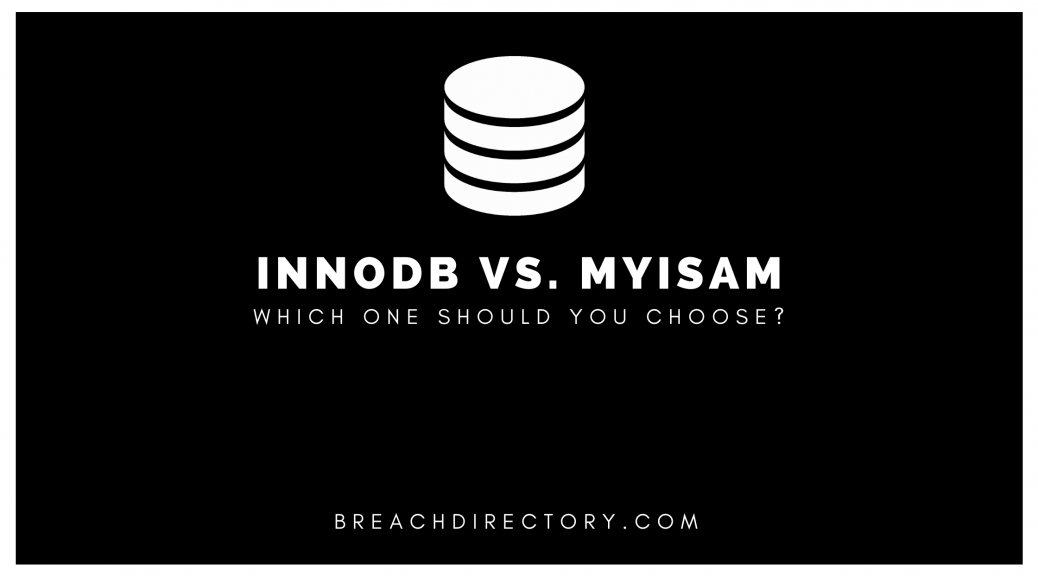MySQL After a Data Breach
As we all know, data breaches occur all too often. After a data breach occurs, we are used to seeing security experts, company associates and other people advising us to change our passwords and safeguard our data by securing our infrastructure. This is what the majority of developers do – we secure our infrastructure, maybe hire some information security consultants for advice on how to prevent data breaches in the future and forget about the data breach as time passes….



